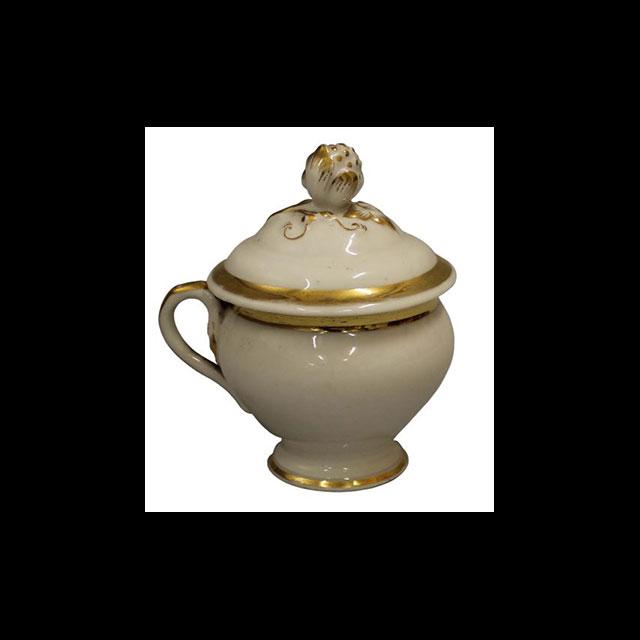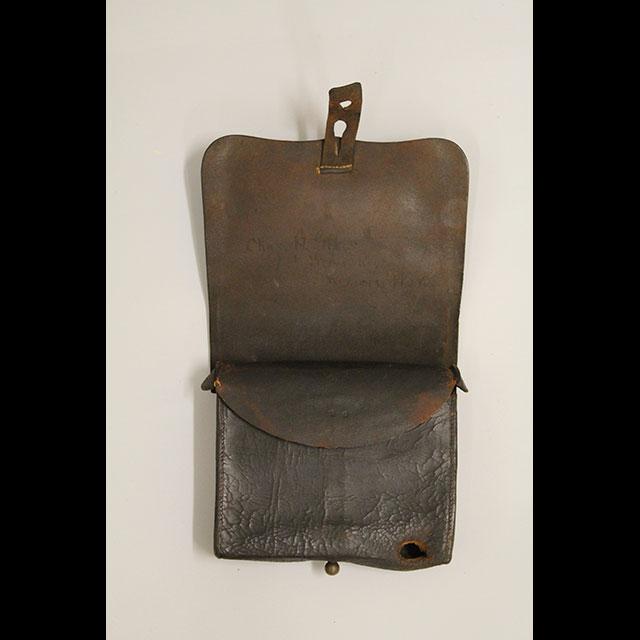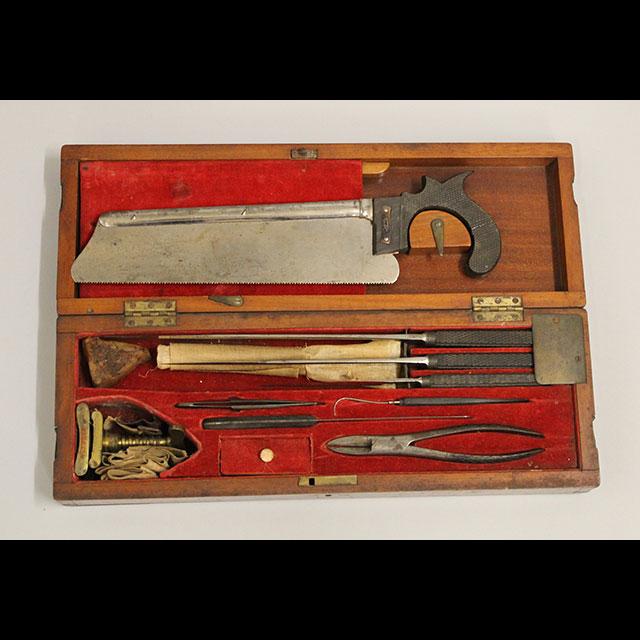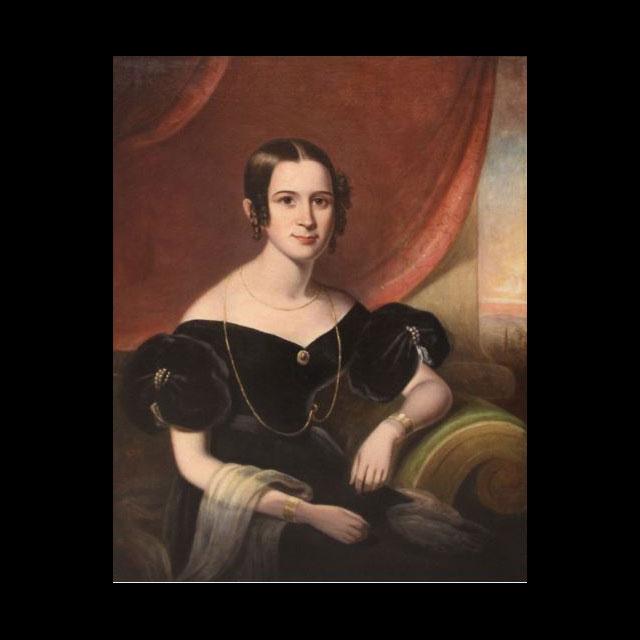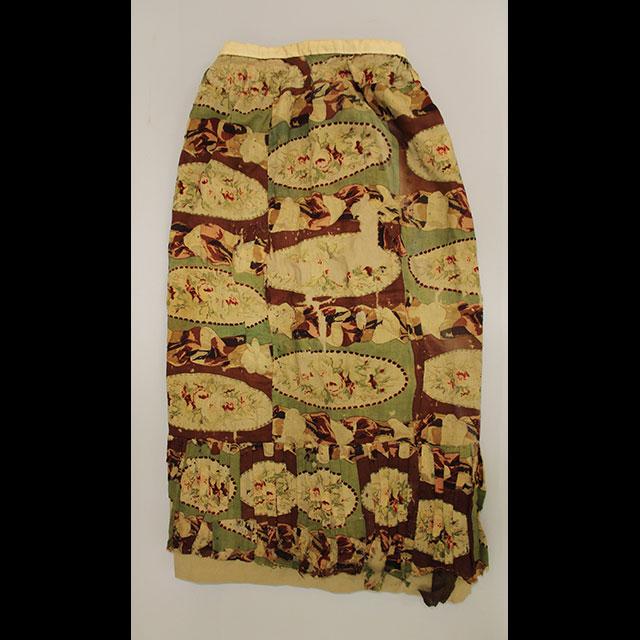Cotton Kingdom: Enslavement and Civil War
1835–1865
As the 1830s drew to a close, Mississippians populated lands taken from the Choctaw and Chickasaw. Plantations spread east from the Mississippi River. Cotton exports created great wealth for cotton planters, who depended on enslaved African Americans to cultivate the cash crop.
African Americans outnumbered White people in the state by 1840. After the Mexican-American War, White Mississippians participated in a national debate, arguing that territories gained from the conflict should become slave states. In 1861, Mississippi’s leaders declared that preserving slavery meant leaving the United States. Most White Mississippians believed any conflict between North and South would not last long. Instead, the Civil War lasted four years and left hundreds of thousands dead, maimed, widowed, or orphaned. Fighting in the state destroyed the cotton kingdom. Black Mississippians rejoiced because the war gave them freedom, but they faced White retaliation.
From the Gallery
Explore artifacts, photos, and documents featured in the Cotton Kingdom gallery.
Timeline: 1835–1865
Explore Mississippi
Many of the homes, colleges, and historic sites discussed in this gallery still exist today. Journey beyond the museum walls and explore the places where history happened.
Vicksburg National Military Park
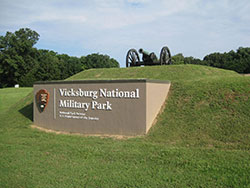 Learn about the pivotal campaign and siege of Vicksburg during the Civil War.
Learn about the pivotal campaign and siege of Vicksburg during the Civil War.
3201 Clay Street
Vicksburg, Mississippi
Brices Cross Roads National Battlefield Site
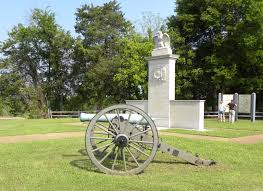 Learn about the ill-fated Confederate victory at Brices Cross Roads and explore the site of the battle.
Learn about the ill-fated Confederate victory at Brices Cross Roads and explore the site of the battle.
128 MS-370
Baldwyn, Mississippi
VISIT THE MISSISSIPPI CIVIL RIGHTS MUSEUM
Explore the movement that changed the nation. Discover stories of Mississippians like Medgar Evers, Fannie Lou Hamer, and Vernon Dahmer, as well as those who traveled many miles to stand beside them, come what may, in the name of equal rights for all.

